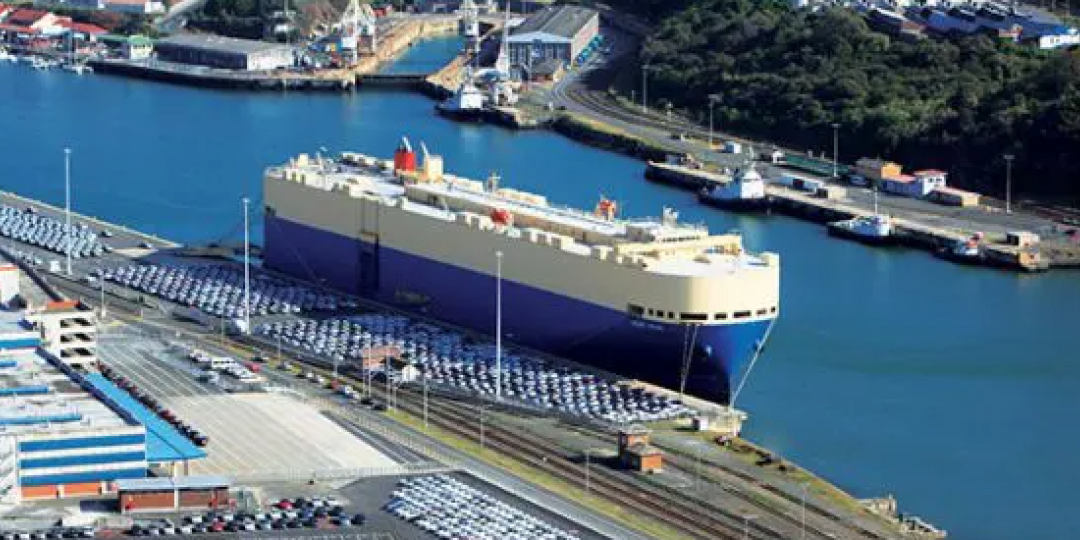Growth in the South African market for light commercials (LCVs) has stalled, despite the increase in online shopping and home deliveries.
Horizon Grand View Research estimates that the South African LCV market (light delivery vehicles, bakkies and minibuses) was worth around R41 billion in 2024 and is expected to reach R56bn by 2030.
This is reflected in light delivery vehicle sales, which, according to Naamsa (Automotive Business Council) figures, increased from 1 200 in January 2023 to 2 400 in January 2025.
February, however, saw an 11.3% year-on-year decline in LCV sales – from 13 306 units in 2024 to 11 802 in February 2025.
This trend continued into March, with domestic sales of 13 328 units – an 8.4% drop from the 14 555 units sold in March 2024.
Naamsa attributed this to “ongoing pressures in business confidence and fleet renewal cycles”.
Exports of LCVs declined to 115 192 in 2024 from a high of 140 529 in 2023 due to an economic slowdown in the European Union and stricter emission regulations.
The imposition of a 25% import tariff on all vehicle imports by the Trump administration is not expected to have much impact on South Africa’s commercial vehicle sector, as its exports to the United States are limited.
More at risk are exporters of passenger vehicles.
The US is the third-largest destination for South African automotive exports, with approximately R35bn worth of vehicles shipped in 2024, accounting for 6.5% of total vehicle exports in 2024, according to Naamsa CEO, Mikel Mabasa.
In contrast to Europe, the African market for commercial vehicles is growing.
Light commercial vehicle exports to the rest of the continent have increased from 102 664 in 2016 to 180 000 in 2024, thanks to the introduction of the African Continental Free Trade Area (AfCFTA) and other trade pacts, according to official trade statistics.
Medium and heavy commercial vehicle sales have fared better, with a 15.2% y-o-y monthly increase in medium truck sales and 26.6% for heavy commercials between February 2024 and February 2025.
Imports are helping to keep freight moving.
India holds the biggest market share at 72% of total LCV imports in 2024, or 160 000 units, according to Naamsa.
China’s share was 18% (40 000 units), and Japan’s was 10% (22 000 units).
This is not very different from 2015, when India had an 81% share (166 000 units), China 17% (34 939) and Japan 13% (29 800).
There are no comparable figures for medium and heavy commercials.
- Don't miss our automotive section this Friday, 25 April, only in Freight Features.













